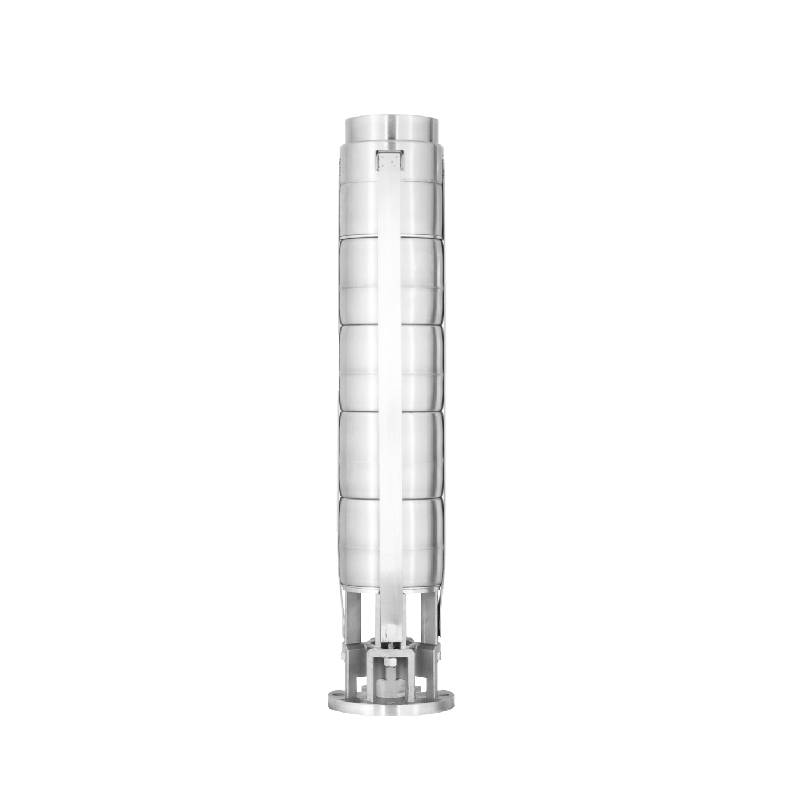Sep . 06, 2024 08:09 Back to list
Submersible Pump Connection Diagram - Comprehensive Guide
Understanding Submersible Pump Connection Diagrams
Submersible pumps play a critical role in various applications, including agriculture, construction, and residential water management. These pumps are designed to operate while submerged in the fluid they are pumping, which enhances efficiency and reduces the need for priming. To ensure optimal performance and longevity, understanding submersible pump connection diagrams is essential.
A connection diagram provides a visual representation of how a submersible pump should be installed and connected to the necessary electrical power supply and control systems. It typically illustrates the various components involved, such as the pump itself, electrical cables, control panels, and any additional peripherals. By following this diagram, technicians and engineers can ensure that the pump is installed correctly and operates smoothly.
The first critical aspect depicted in a connection diagram is the electrical wiring. Submersible pumps are often connected to a power source via specialized cables that are resistant to water and other environmental factors. The diagram indicates the correct gauge of wire needed for the pump's power draw and demonstrates how to connect these wires to the power supply. Proper electrical connections are vital to avoid overheating and potential equipment failure.
submersible pump connection diagram

Another key element in the connection diagram is the control circuit, which may include items like float switches, pressure sensors, and control panels. These components help regulate the pump's operation by starting or stopping it based on water levels or pressure measurements. The connection diagram will show how these devices should be linked to ensure that the pump only operates when needed, therefore conserving energy and prolonging its lifespan.
In many cases, the connection diagram may also include safety features such as circuit breakers or overload protection devices. These features are critical in preventing electrical issues and ensuring the pump’s safe operation. The diagram will outline where these safety devices should be positioned within the wiring configuration.
Finally, the connection diagram will often indicate the proper piping layout and any necessary valves. This ensures that the water is efficiently moved from the source to its destination, whether that be for irrigation, drainage, or water supply for a home. Proper piping and valve configuration can prevent backflow and other problems that might affect pumping efficiency.
In conclusion, understanding submersible pump connection diagrams is crucial for anyone working with these pumps. By accurately interpreting these diagrams, one can ensure a safe, efficient, and effective installation. This not only boosts the performance of the pump but also enhances its reliability and lifespan, ultimately leading to cost savings and smoother operations in the long run.
-
Submersible Water Pump: The Efficient 'Power Pioneer' of the Underwater World
NewsJul.01,2025
-
Submersible Pond Pump: The Hidden Guardian of Water Landscape Ecology
NewsJul.01,2025
-
Stainless Well Pump: A Reliable and Durable Pumping Main Force
NewsJul.01,2025
-
Stainless Steel Submersible Pump: An Efficient and Versatile Tool for Underwater Operations
NewsJul.01,2025
-
Deep Well Submersible Pump: An Efficient 'Sucker' of Groundwater Sources
NewsJul.01,2025
-
Deep Water Well Pump: An Efficient 'Sucker' of Groundwater Sources
NewsJul.01,2025
-
 Submersible Water Pump: The Efficient 'Power Pioneer' of the Underwater WorldIn the field of hydraulic equipment, the Submersible Water Pump has become the core equipment for underwater operations and water resource transportation due to its unique design and excellent performance.Detail
Submersible Water Pump: The Efficient 'Power Pioneer' of the Underwater WorldIn the field of hydraulic equipment, the Submersible Water Pump has become the core equipment for underwater operations and water resource transportation due to its unique design and excellent performance.Detail -
 Submersible Pond Pump: The Hidden Guardian of Water Landscape EcologyIn courtyard landscapes, ecological ponds, and even small-scale water conservancy projects, there is a silent yet indispensable equipment - the Submersible Pond Pump.Detail
Submersible Pond Pump: The Hidden Guardian of Water Landscape EcologyIn courtyard landscapes, ecological ponds, and even small-scale water conservancy projects, there is a silent yet indispensable equipment - the Submersible Pond Pump.Detail -
 Stainless Well Pump: A Reliable and Durable Pumping Main ForceIn the field of water resource transportation, Stainless Well Pump has become the core equipment for various pumping scenarios with its excellent performance and reliable quality.Detail
Stainless Well Pump: A Reliable and Durable Pumping Main ForceIn the field of water resource transportation, Stainless Well Pump has become the core equipment for various pumping scenarios with its excellent performance and reliable quality.Detail
